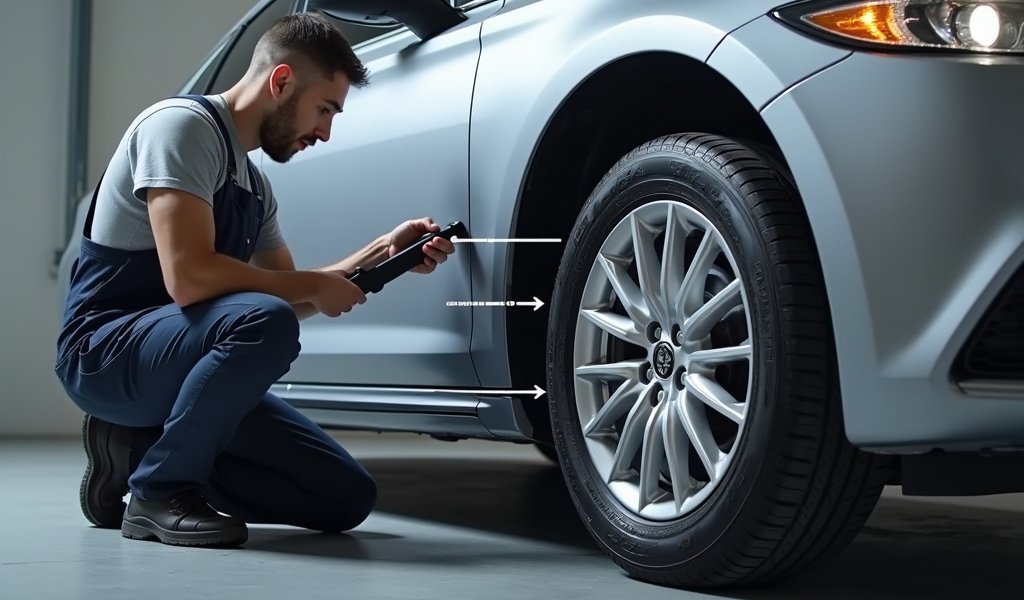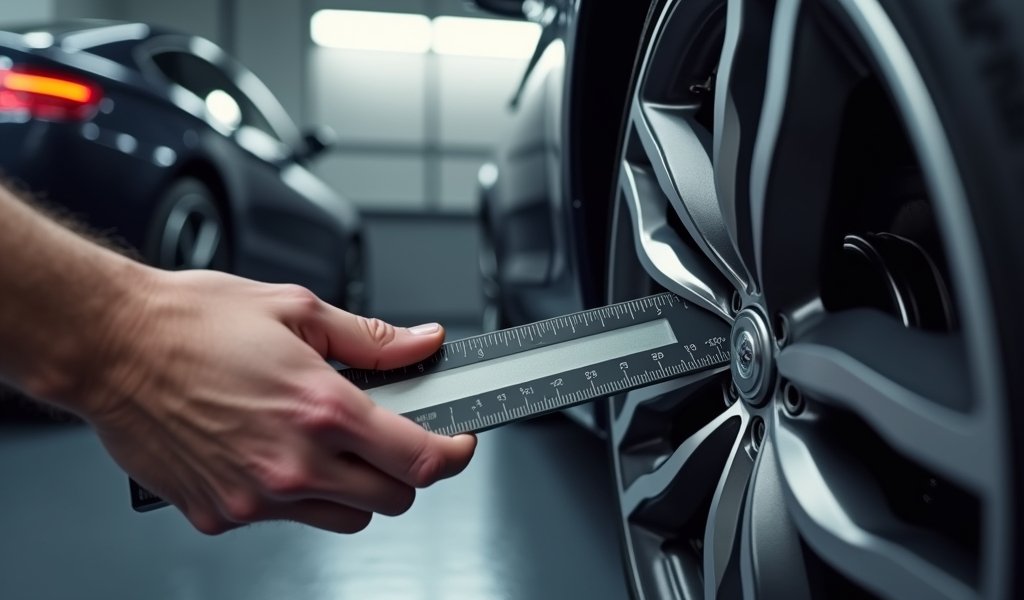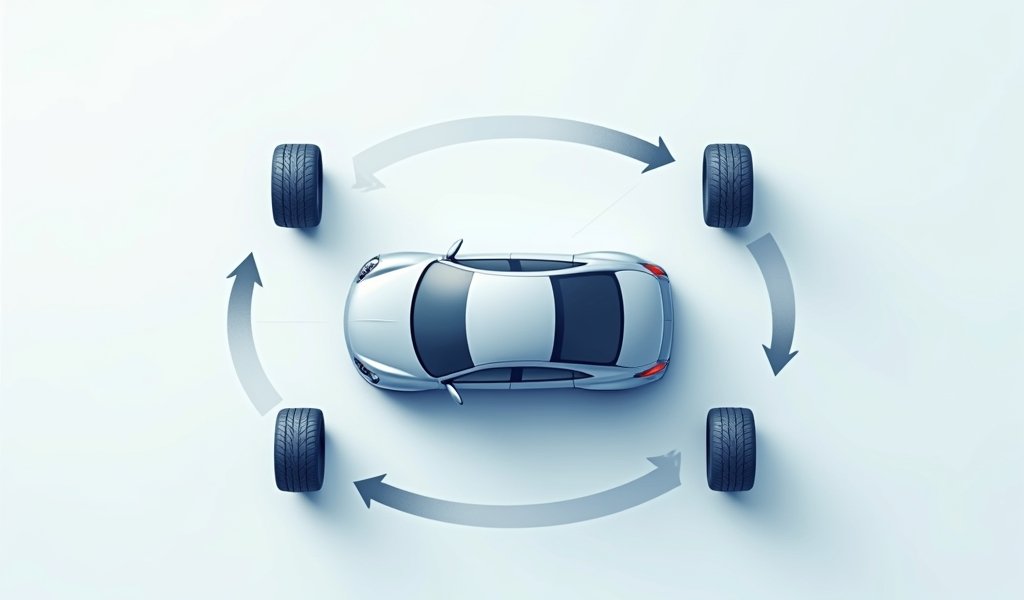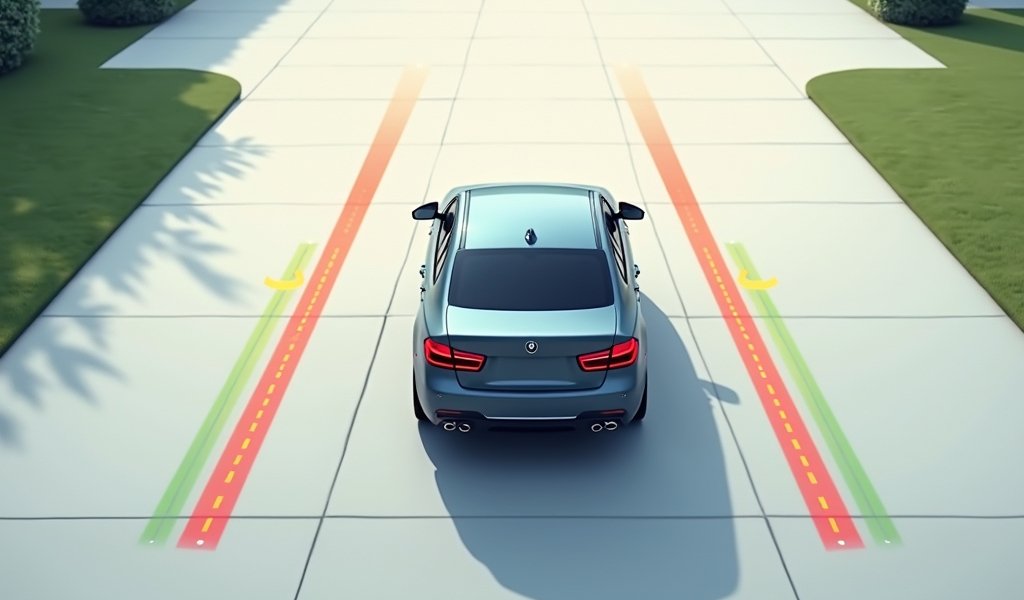tire compound temperature rating Secrets
Overview Tire temperature ratings (A, B, or C) indicate how well tires dissipate heat during driving, with A-rated tires offering superior heat resistance for high speeds and hot climates, while B and C ratings provide progressively less protection. Understanding these ratings is crucial for safety, as excessive heat can lead to tire failure, affecting handling, […]
tire compound temperature rating Secrets Read More »










